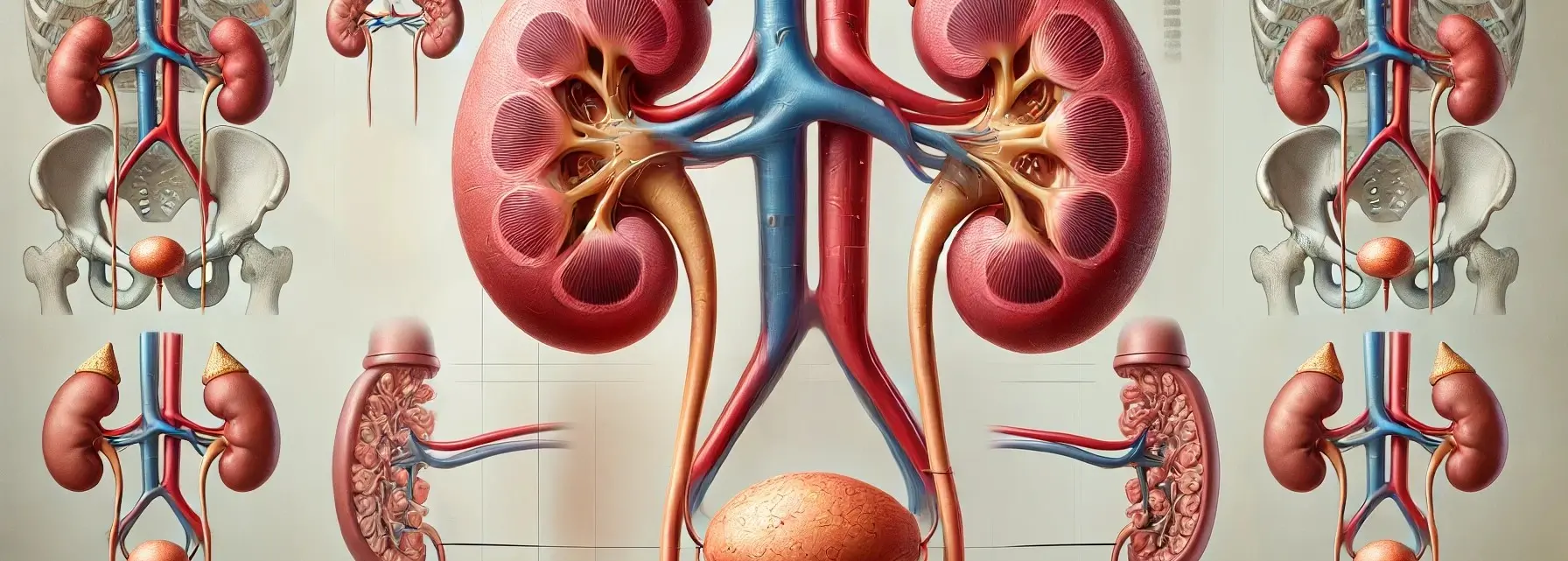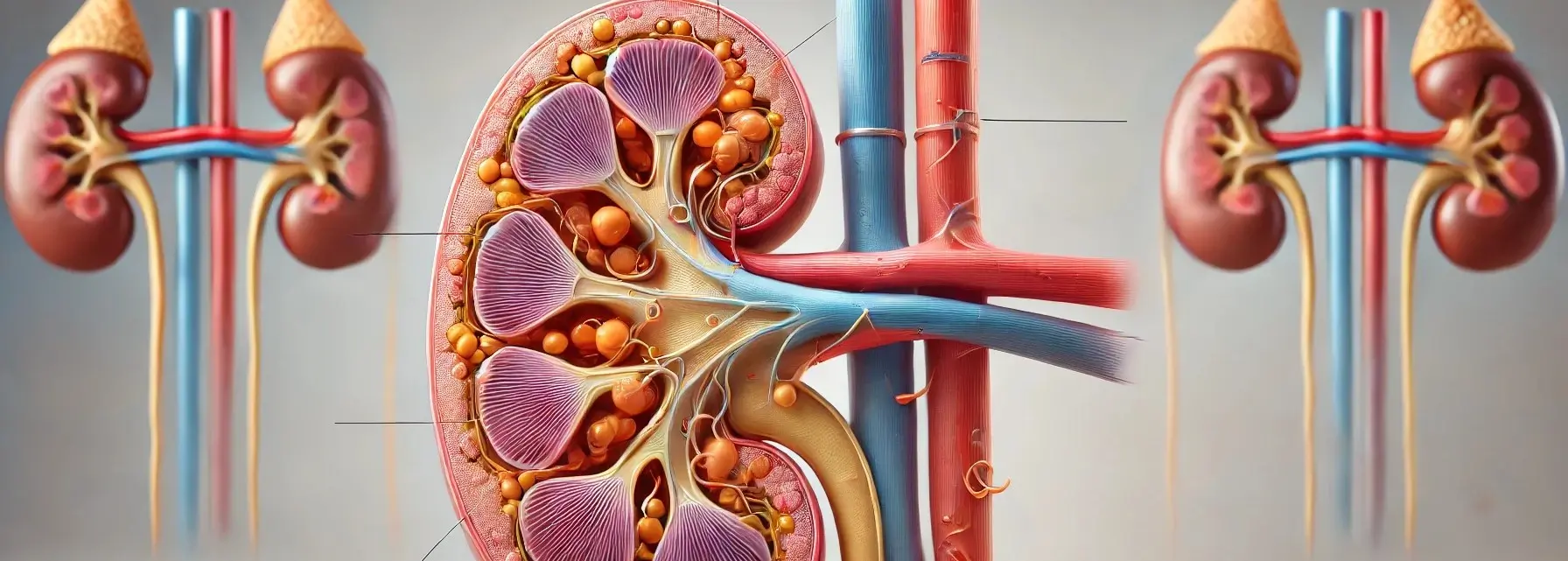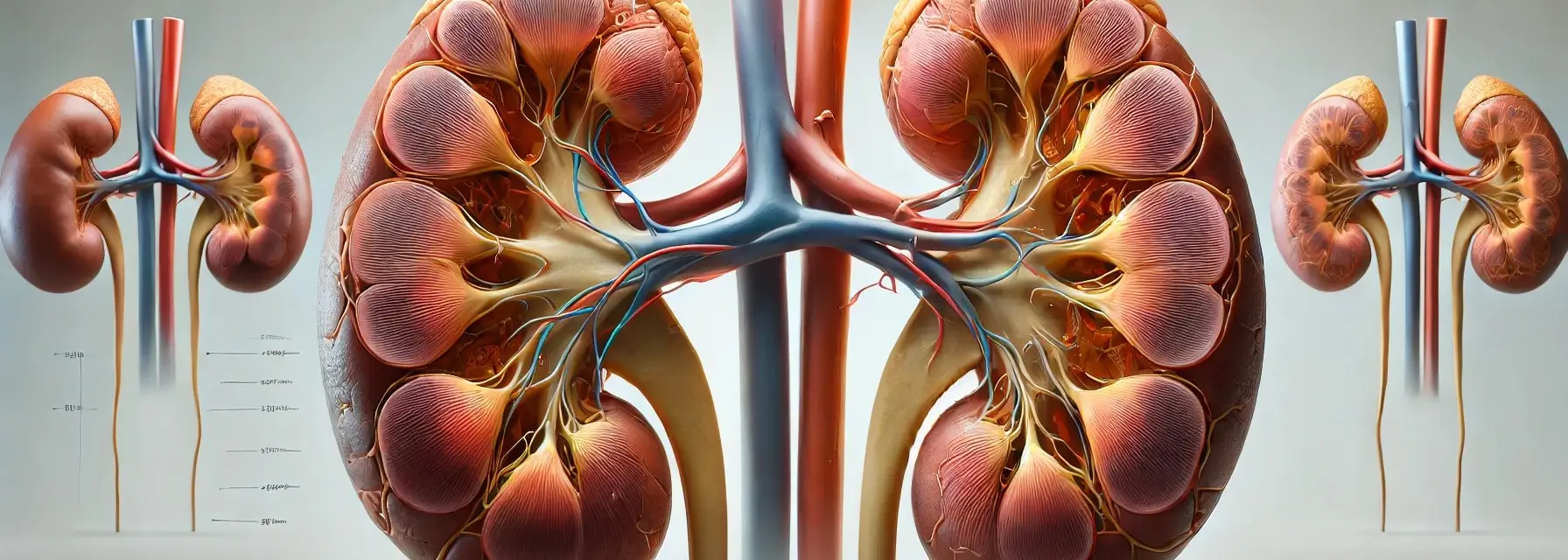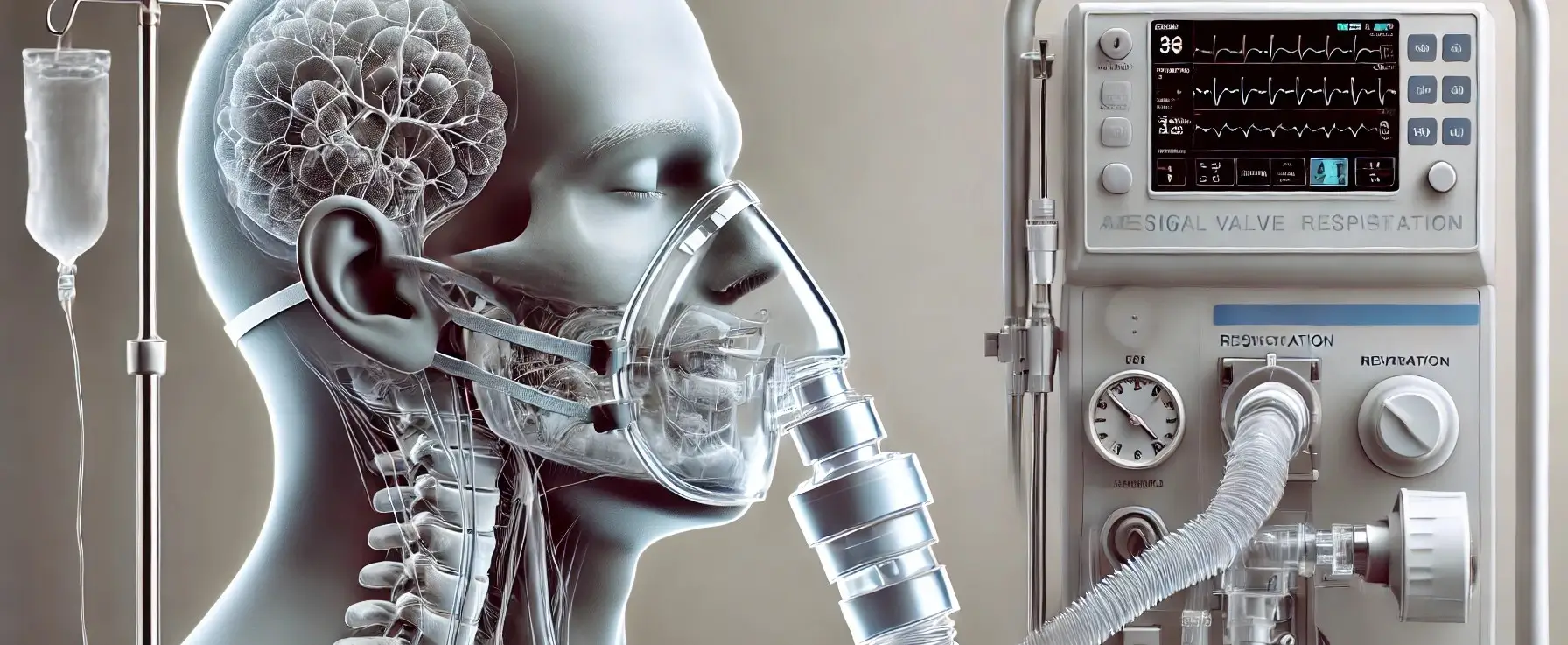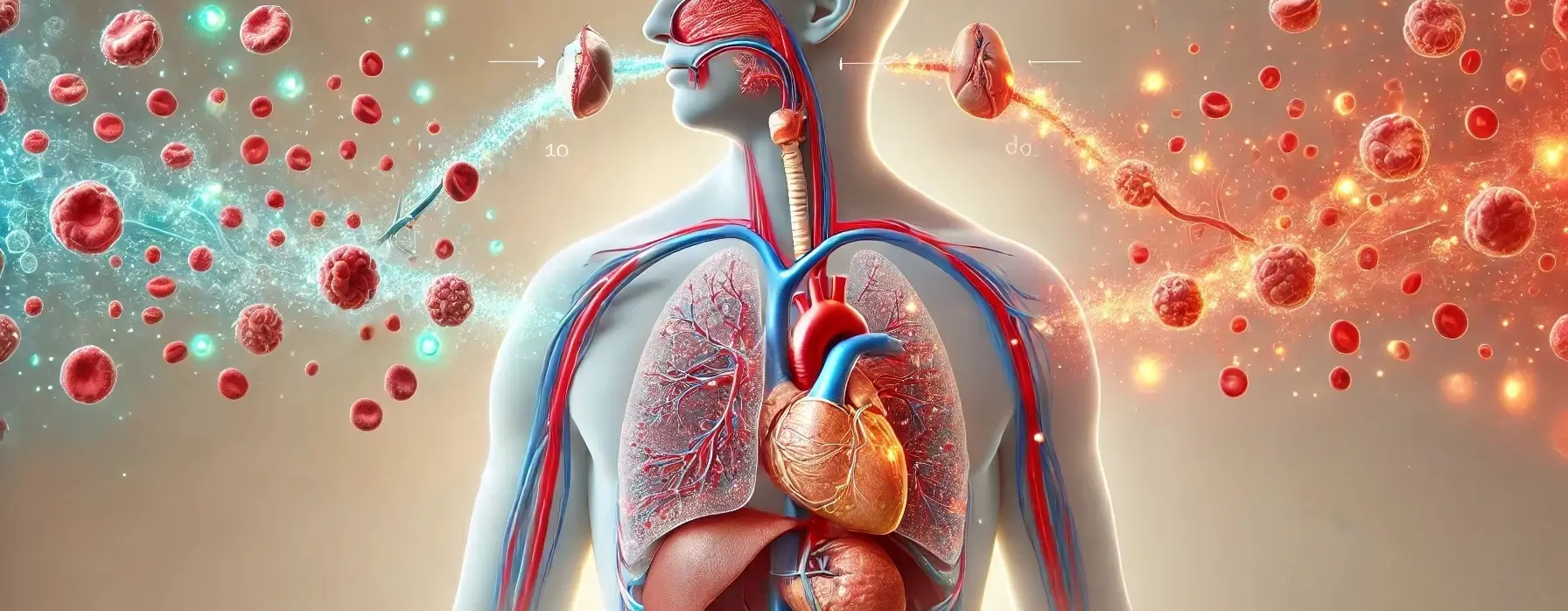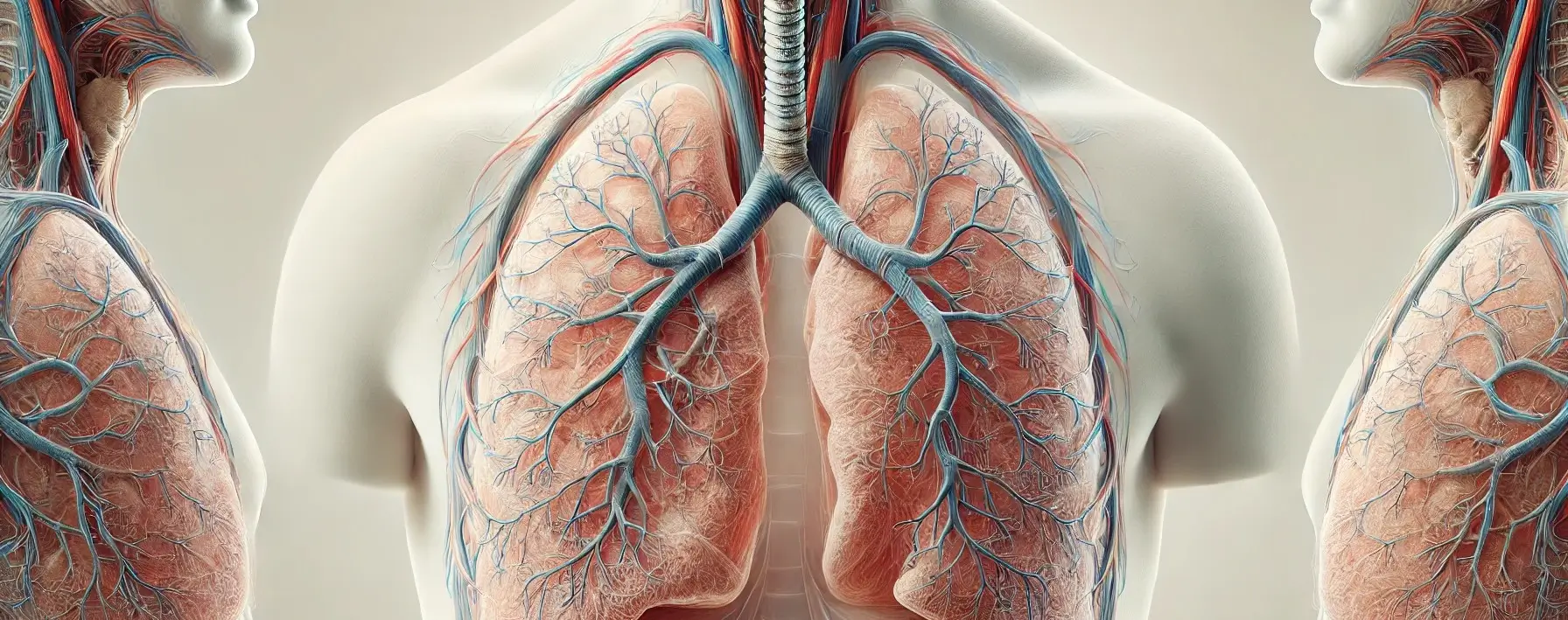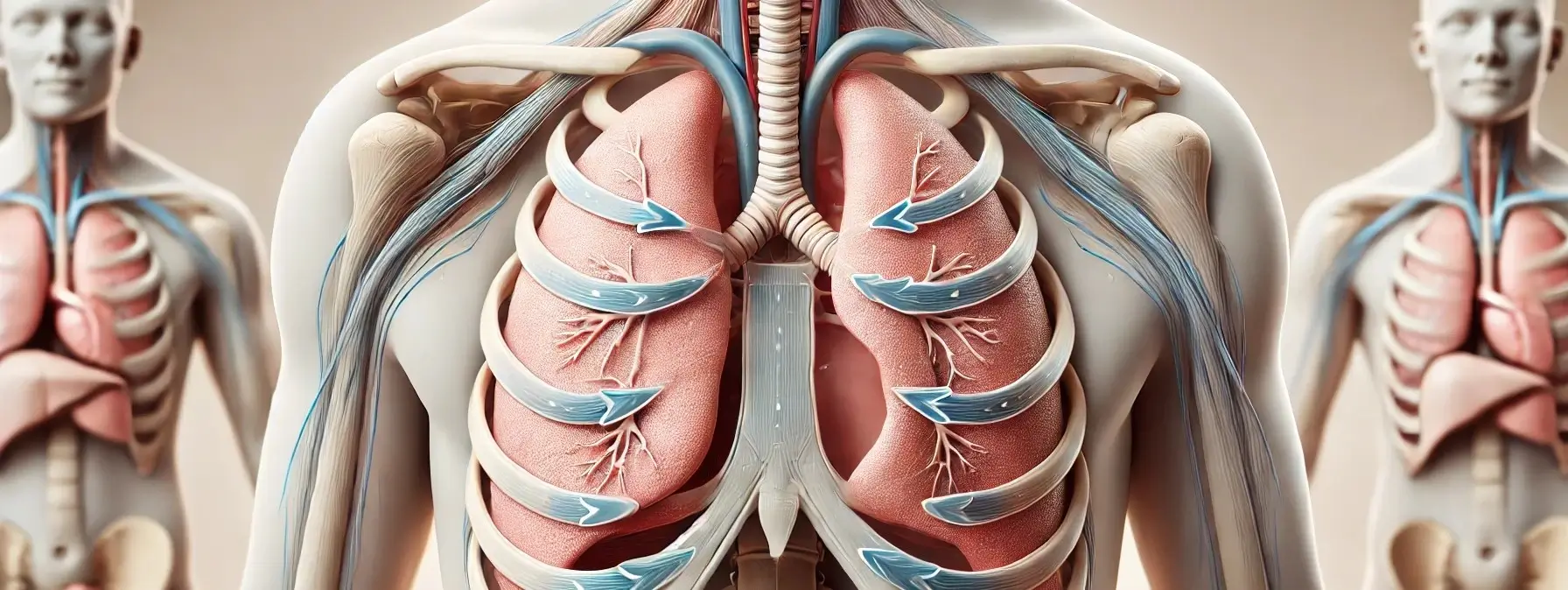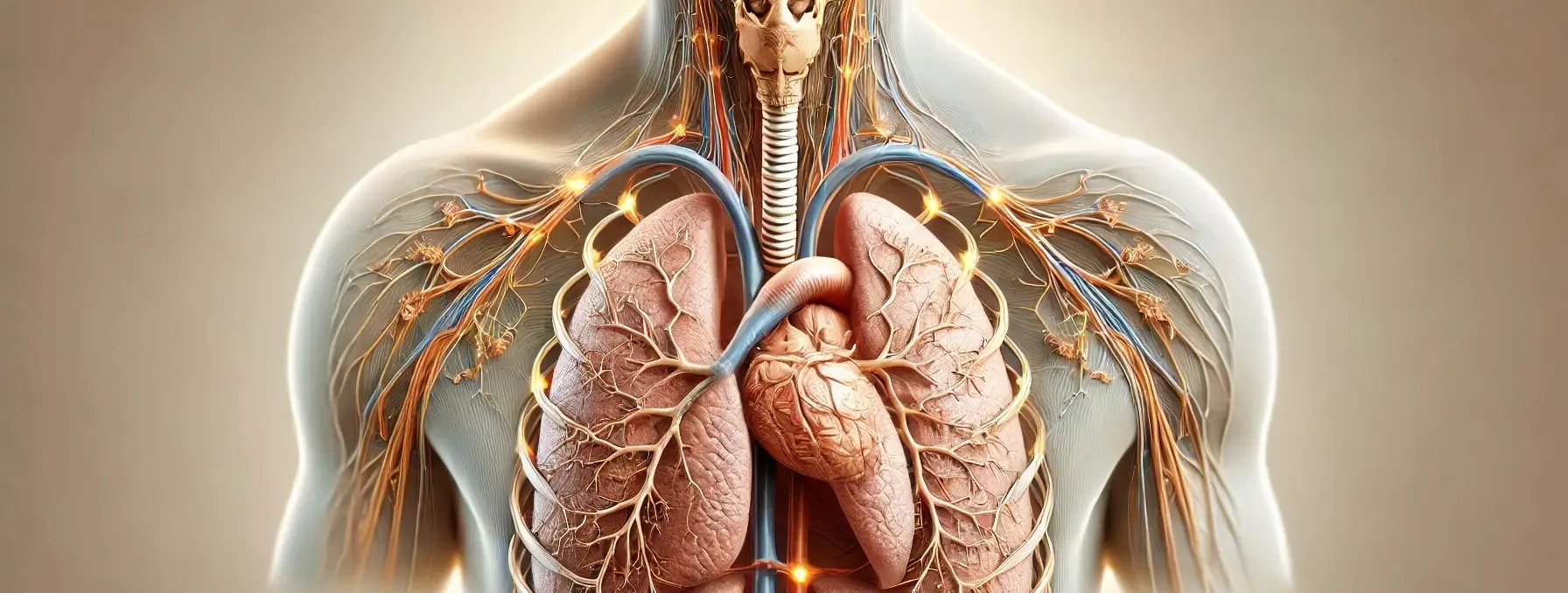kidney and urinary tract Functions
Functions of the Kidney Filtration of Blood Filter waste and excess substances from blood, excreting them as urine. Regulation of Blood Volume and Pressure Adjust water excretion and release renin to regulate blood pressure. Electrolyte Balance Maintain balance of electrolytes like sodium, potassium, and calcium. Acid-Base Balance Regulate blood pH by excreting hydrogen ions and … Read more

